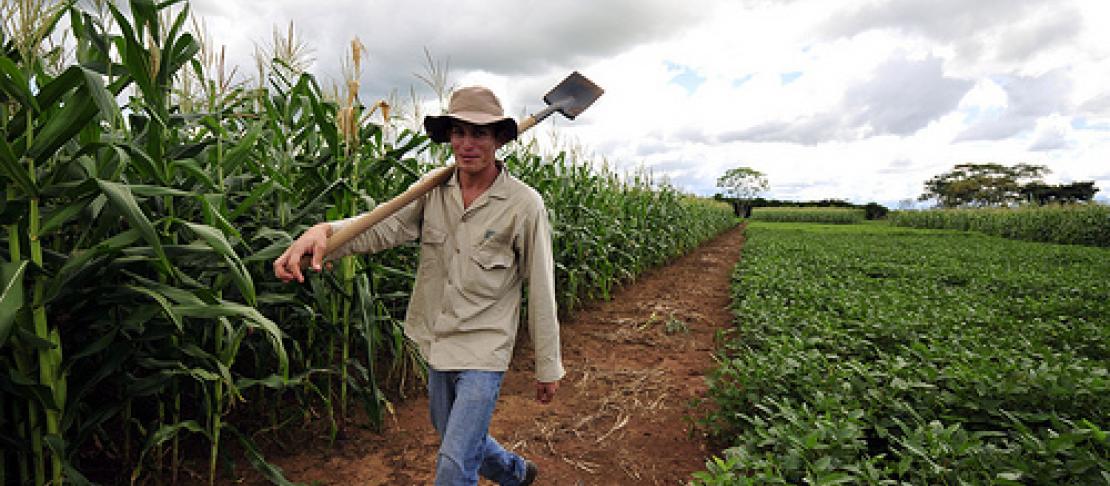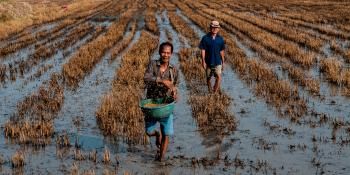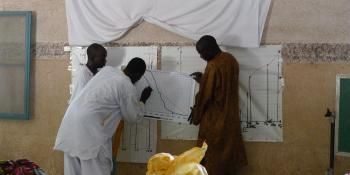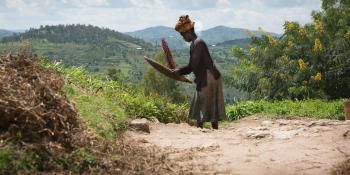Climate insurance only part of the risk-reduction puzzle

by Olive Thiong'o
“What is visible on the ground is that farmers are already adapted somewhat. But we need them to remain robust, even when challenges hit them,” stressed Arame Tall, researcher with the CGIAR Research Program on Climate Change, Agriculture and Food Security (CCAFS). Arame was speaking at the round table session Dialogue on Scaling Up Risk Management for Food Security and Agriculture held during Agriculture, Landscapes and Livelihoods Day (ALL5).
What emerged from the discussions is that when it comes to climate risk management index-based insurance is no silver bullet, in spite of its popularity. But instead risk management requires a combination of approaches. Integration of risk management with social protection; setting up regional or multi-country risk pools where possible; distributing risks and rewards across the value chain; and using a participatory dialogue process to include all actors, are other plausible options to upscale risk management.
Watch a video seminar on index-based insurance in developing countries with Dr. Michael Carter.
Illustrating one method of approaching risk management, Kitt Batten, USAID Global Climate Change Coordinator, made reference to the backbone of the newly launched USAID policy on resilience: partnerships. “The policy: Building Resilience to Recurrent Crisis, includes public funds, private finance and investment, and people, all working in partnership to be food secure, particularly because food security means different things to different people,” she said.
David Waskow exemplified Oxfam America’s Productive Safety Net program (PSNP) in Ethiopia, which is based on climate resilience to avoid disaster. It takes on risk insurance using the insurance-for-work approach, to ensure that farming families are not only resilient to shocks, but that they also build their livelihoods.
The panel advised that in forging a way forward that works, various players need to dissect the problem, identify the solutions and roles of each of the players in the 4P approach – public, private, people partnerships – and engage in a dialogue process that works. “It is not mission impossible,” Arame said.
Read more about what we are doing on climate risk management:
In Mali: New project looks to bring weather information to farmers in the Sahel
In India: How useful is climate information to smallholder farmers in India?
Olive Thiong'o is a Communications Officer at CCAFS East Africa program. Follow the latest developments from the UN climate talks in Doha on our blog, on twitter @cgiarclimate and #ALLForest.


